“My work is my personal reality, whether it’s a party or the birth of my child—it is a part of it.”
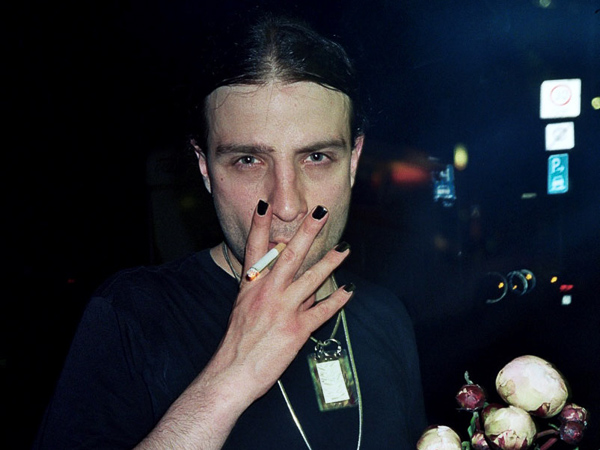
We cannot stress this enough, nor do we really need to. We proclaim our love openly and often: Berlin holds a special place in our hearts and minds, just like it holds a special place in the hearts and minds of so many who sought (and continue to seek) refuge in its dimly lit underbelly, blowing up their eardrums with vicious bpm in the name of community, of self-expression, of pure hedonism. The city has birthed and lovingly nurtured some of the best parties, best clubs, best DJs in the whole wide world; it is the de facto European capital of nightlife and an unapologetic beacon of freedom on the continent that is experiencing a staggering upswing of far-right attitudes.
Understandably then, there is a bit of a knee-jerk instinct to deem anyone who offers a glimpse into this dark paradise a ‘nightlife photographer’. Glamcult’s long-time friend George Nebieridze feels this singular epithet makes for somewhat lazy journalism, a deflection of sorts. Yes, parties are undeniably “photogenic”, but there is so much more—to both Berlin’s decadently resilient spirit and George’s generous output. In his latest publication ’17 (Apostrophe Seventeen), the Tbilisi-born artist reveals, once again, an intimate kaleidoscope of his experiences over the course of a year. The photos are viscerally personal, sexy, fleeting, sometimes uncomfortable, sometimes sentimental, often gently striking. There is, of course, a first-hand perspective of partying in Berlin, but there is also plenty of other places and faces, nature, mundanities of the everyday, commissioned work, and at least one birth. Nebieridze’s work-as-personal-reality approach to shooting is what makes his art so appealing, whether you love to rave or not.
The work never stops: ’18 and ’19 instalments of the Apostrophe Project are in the pipeline, and on the 12th of September you can see the fruit of George’s relentless labour (of love!) at No Photos on the Dance Floor! Berlin 1989—Today at C/O Berlin; next week, he is at The Workshop on Forster. Meanwhile, we got to talk to George about the differences and similarities between Berlin and his native Tbilisi, the origin of his book series, sociology, and getting into trouble for art, just like John Waters ordered.
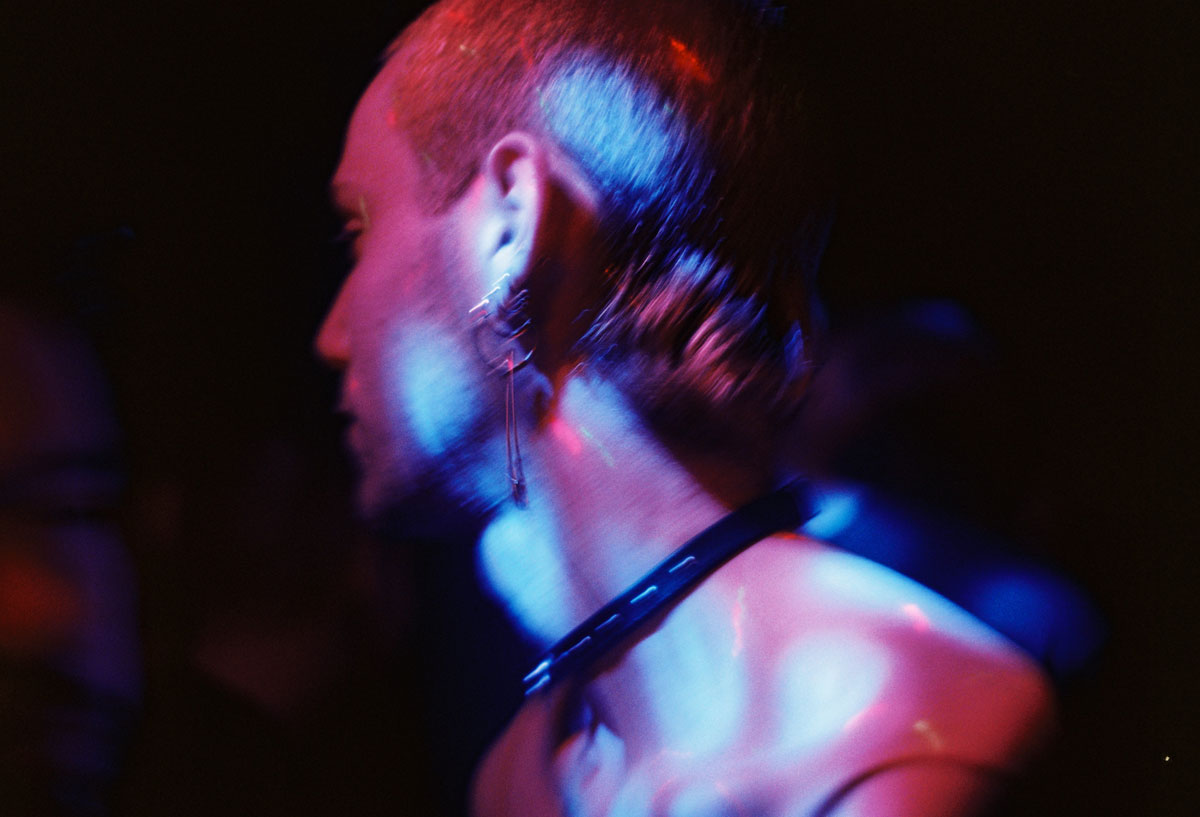
You are originally from Tbilisi. Could you tell us a little bit about your life in Georgia—and when and why did you move to Berlin?
Growing up as an artist and creating the kind of work I create was not easy in Georgia at that time. I have lots of innovative and interesting friends there, but it was a little bit too difficult for me there, and at the age of twenty two, once I got my bachelor’s degree, I decided to move to Berlin. I had been here before with couple of short visits and I knew where I was coming. This city was exactly what I needed to reach my goals and develop my skills.
You’ve documented the two worlds you’ve inhabited and the role of nightlife in both. What would you say are the main differences in youth culture between your homeland and your chosen home? What, if anything, is similar?
Journalists and publications talk about Georgia as if it was a new alternative to Berlin, Amsterdam or any kind of “cool” place, it is indeed very interesting and cool, however that exact interpretation is very wrong. At the time when I was starting out as a photographer in Georgia there wasn’t much going on in nightlife, we had several miserable night clubs, but I was mostly busy shooting some heroin addicts and alcoholics or kids high on synthetic drugs, I was one of them. That big breakthrough in nightlife and fashion happened after I had left Georgia already, I do photograph some fragments of nightlife when I’m back there visiting, but that is not a big part of my work.
There are many differences, but I would like to point out this: young people in Tbilisi appreciate and cherish every little moment of freedom and safety there. They grew up without having any safe spaces or being exposed to interesting artists in action, so now, when it’s actually happening, they receive all this with way more excitement and enthusiasm. Youth in the West though sometimes takes these kinds of things for granted, they always been privileged to witness crazy performances, exhibitions or live shows, and they rarely get beaten up in the streets for just wearing an earring (I’m not saying there’s no hate crime here, but in a very different forms and numbers).
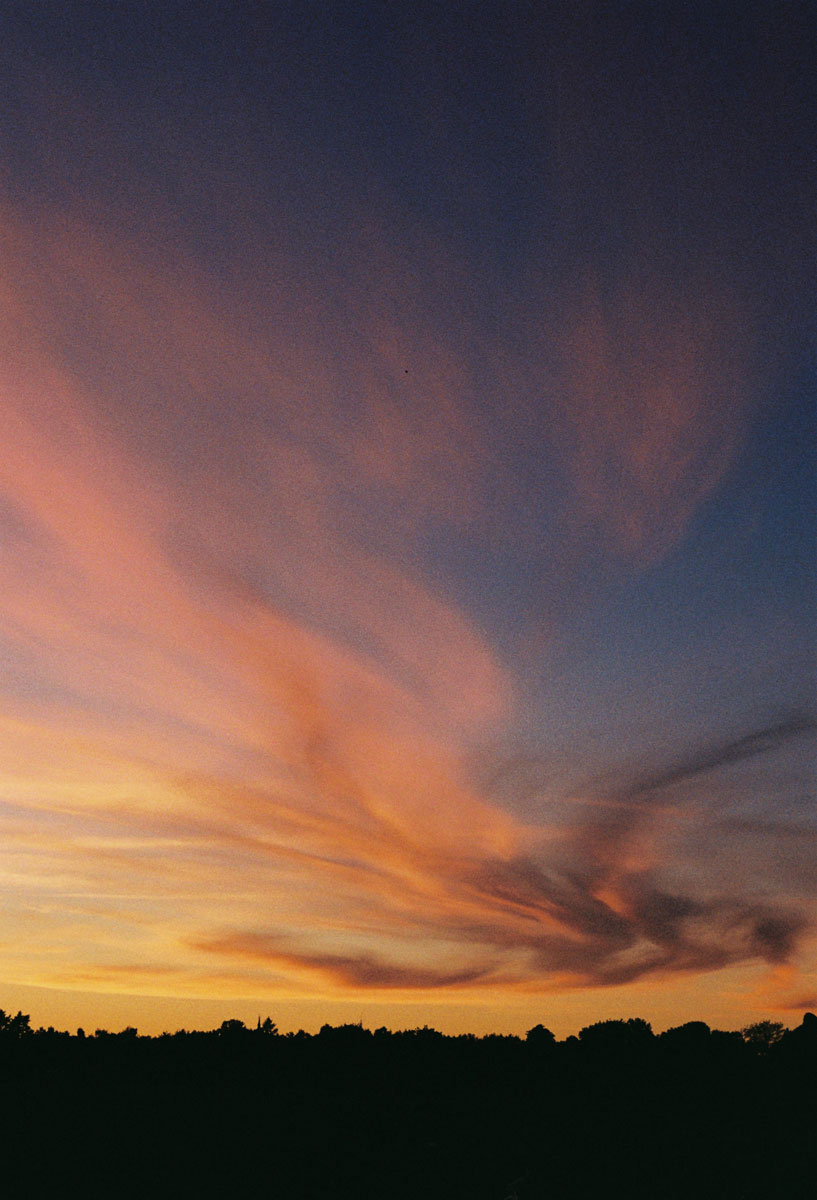
Similarities can be found everywhere, that’s easy. Tbilisi takes a huge amount of inspiration from Berlin in many aspects of nightlife and clubbing, and it gets more and more integrated to Europe day by day. The movements that exist here have Georgian analogies there, in way smaller sizes, but it is still happening. The main thing that unites not just Berlin and Tbilisi, but probably every place in the world, is youth’s streaming to freedom and resistance. Nightlife always had some political elements in it, and the recent events in Georgia are a good example of it all. I can’t ignore the bravery of those incredible young people there who are being repressed and discriminated every day, but still manage to fight against ruthlessness and bigotry.
How would you describe your new book ’17?
It’s thick and colourful, quite different from my previous books, but not too out-of-context. It includes almost three hundred selected photos taken in 2017 and shows some of my very personal photographs harmonised with commissioned and paid work. I’m very happy with it, and I hope it makes other people happy, too.
So far you’ve put out three books—could you tell us more about the project: How did this decision to publish yearly come about? What is the selection process like, and the structure, when it comes to editing your enormous collection into a publication?
The Apostrophe Series and its first book ’15 was basically an experiment. By that time I have had several exhibitions already, have been featured in many magazines and publications, however I needed to try a new way of distributing my work. I had a big amount of material gathered around 2014 and 2015, and only posting them on my website and blog just didn’t feel healthy enough, that is how the book idea came to me. I teamed up with my friends Ana Tabatadze, Emanuela Amato and Tim Woods Palma and created the first book. I had no idea what kind of response it would have, but it sold out very fast. The only one last copy is available right now in my online shop for a ridiculous amount of money (that itself is an experiment I’m currently making). Having the first book sold so fast and receiving a good response from press and critics motivated me to make my second book ’16 (Apostrophe Sixteen), after that there was no way to stop this.
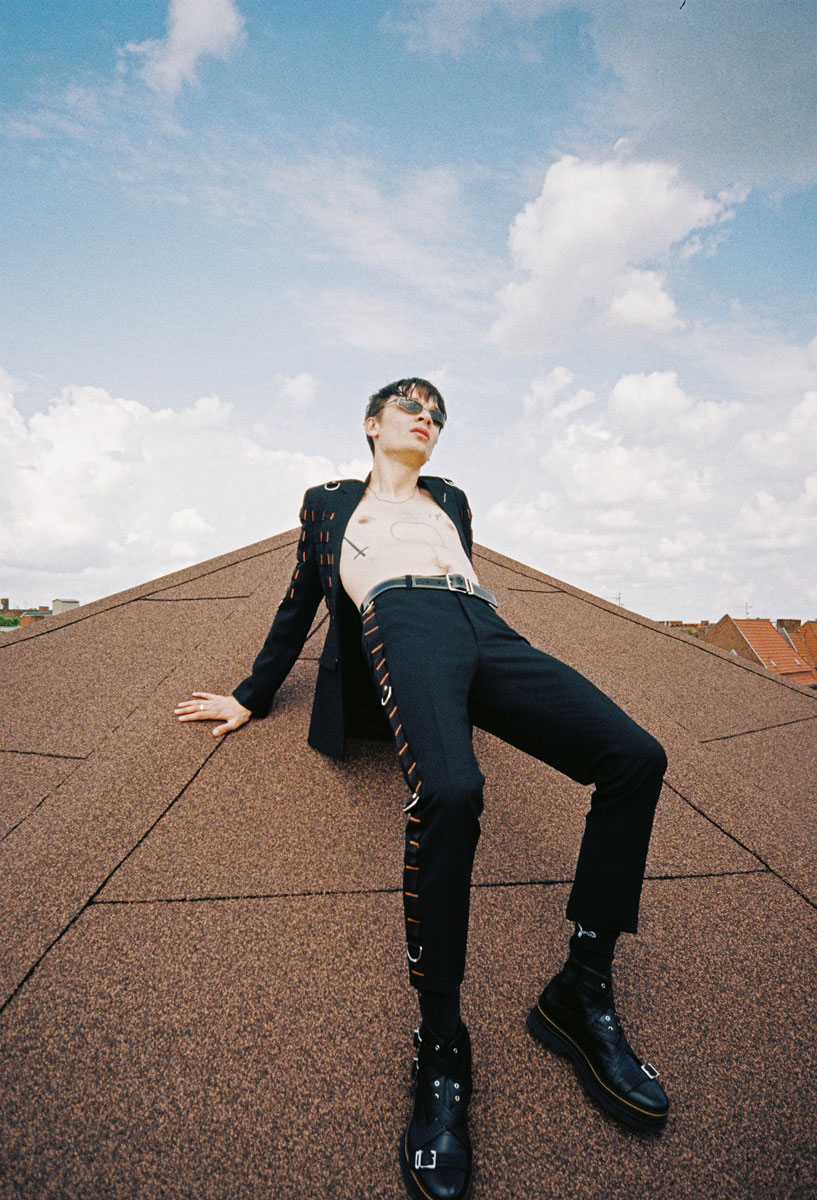
The process is relatively simple at the start, but might get complicated in the end. From each scanned roll of film I select several photographs which I think fit the book project, I mark them and move them to a special folder for the book selection. Throughout the whole year the photos gather in this folder and make a “first final selection”, as I call it. This selection gets filtered again during the designing and layout process. The final selection process varies, I give every particular photo a different approach, and there are very individual reasons of why each photo is or isn’t in the book. Sometimes photos have a visual value, “beauty” as we call it, or it can be a different, more sentimental attachment I might have to a photo. It is never easy—I had to take about 120 photos out from my current book, for instance.
How does looking through a year’s worth of photos make you feel? Are you ever surprised or confronted by what you discover?
I look at these photos almost every day, mostly I’m rushing, looking for something to send someone or use them for various projects. Sometimes I miss out or forget some details that I value in them. It kind of reminds me of bands when they are touring, and they have to perform the same songs multiple times in a short period of time. I like to take some time off from looking at them, and then come back to them with a fresher vision. That helps me notice more details. It has to be mentioned that there are photos that not necessarily have a positive vibe in them, but I never reject those, negativity is an inevitable part of our lives and I don’t tent to run away from it.
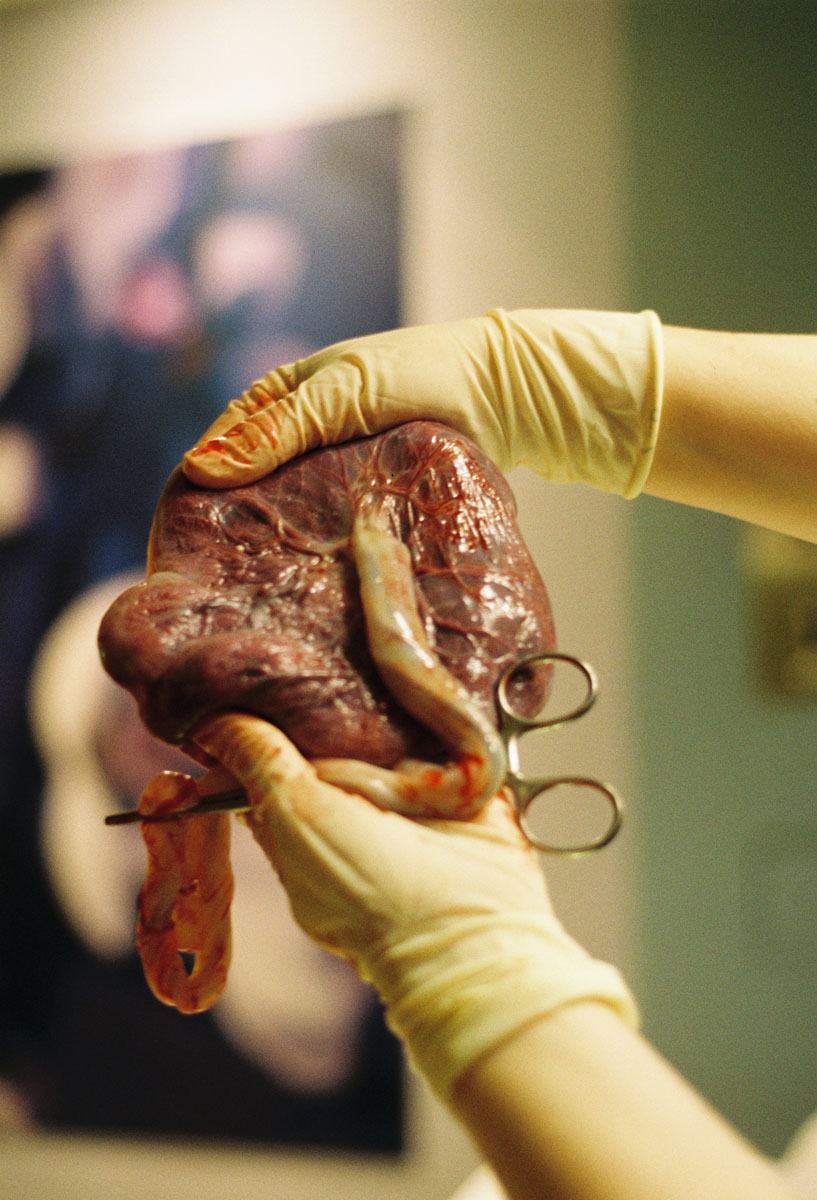
This approach (collecting a year’s worth of living volume after volume after volume) seems undeniably diaristic and possibly even autobiographical. Would you agree with this assessment? What is the connection between yourself and the scene you’ve captured?
I would agree, the big part of the book is very personal. Connections can differ on each individual photo and the moment. I might be on the street photographing a building I have never seen before, or in bed with my partner, obviously these moments are altered and they make me feel different things. I, most of the time, am a part of the scene which I photograph, like being at a club night, or at an after hour hangout. However, I don’t really commit to any particular crew or circle of friends too much. It’s like listening to only one genre of music, my approach to friend circles and crews is a bit peculiar.
In your third book you present some images one perhaps wouldn’t expect from a supposed ‘nightlife’ photographer, for example the documentation of birth, and photos of your young children. How has your work developed over the past few years? What is happening in your life today?
I have never labeled myself as a nightlife photographer. My experience stretches from working in advertising agencies to reporting news or making fashion editorials. My work is my personal reality, whether it’s a party or a birth of my child — it is a part of it. It is a bit sad that some magazines and publications choose the headlines like “Berlin Party Photographer Capturing Moments At A Queer Event”. I think it’s just a bit of lazy journalism where they try to get more clicks. Yes, I do find parties photogenic, but that is just one of many aspects of my work. The material of the two upcoming books ’18 and ’19 is way more settled down and peaceful. It does feature some partying, but only about ten percent of the whole selection. None of this means the books won’t be entertaining or provocative however.
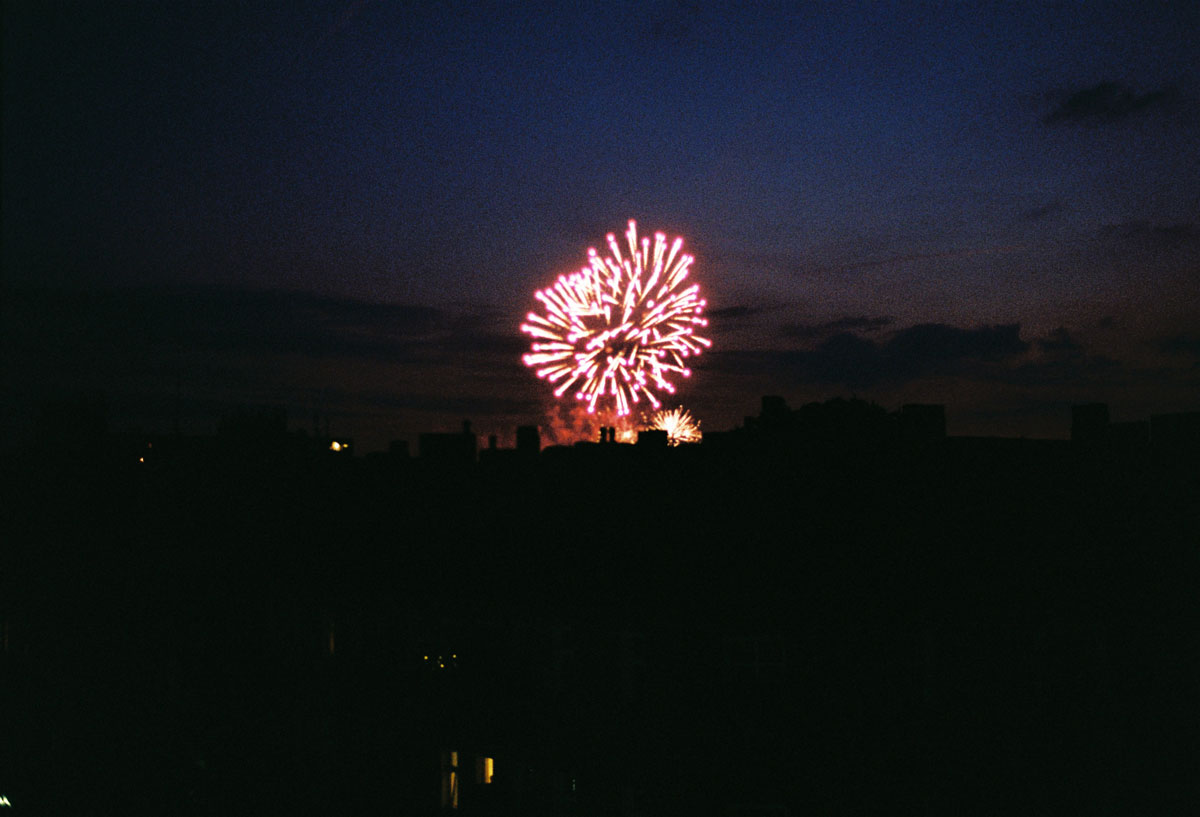
You often show your work in your native Georgia. Is it received differently there than in Berlin?
Not really, they love it there and they love it here. I have haters there and I have haters here.
Has your work ever caused you any trouble?
Yes. And I know it will put me in more trouble in the future, but the moment I stop being daring and stop taking risks, I won’t see myself as an artist anymore. This particular book can put me in lot of trouble, or in jail even. As John Waters once said, “I don’t know what’s there left which is still legal and can impress people nowadays”.
I’ve read on your website that you have studied sociology extensively, both in your BA and MA. Is there a relationship between your academic pursuit of this discipline and your approach to photography?
My entire photographic work is a social and cultural study. These two things connect on multiple levels. One of examples can be portraiture: I almost never stage portraits and try to reach a deeper meaning in people’s behaviour and expressions. Behaviourism is a term mentioned in one of the aspects of sociology, which is predominantly on my mind while photographing people, it explores the theory where a human behaviour is determined only by their environment. For example, a person photographed in a photo studio with the make up on and lights set up around them is acting completely different comparing to when they are photographed in the street or at a wild sex party. We all know that, but my goal is to go deeper and explore these differences, it often has some very interesting and fascinating results.
Another way of connecting with sociology is showing the time where me and my surroundings exist. My photos are an exploration of now, and I often see myself as a chronicler or an archivist.
Lastly, could you share a professional—or personal—dream?
I don’t really have dreams, I had them back in Georgia, but all I need in my life right now is some stability and an actual physical space to store my work. Otherwise I’m definitely living the dream.
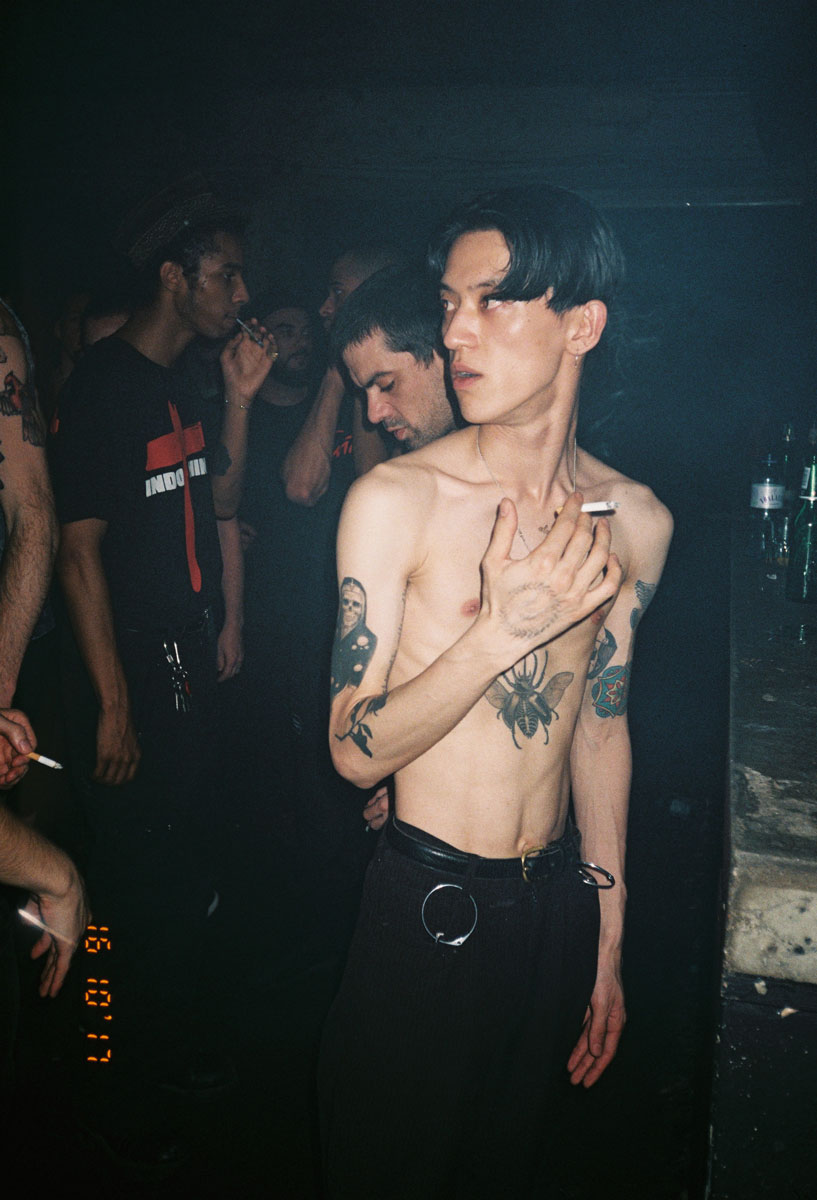
Words by Masha Ryabova
Header portrait by Ilgen-Nur Borali
All other images by George Nebieridze
Follow George on Instagram and visit his online shop
Notifications